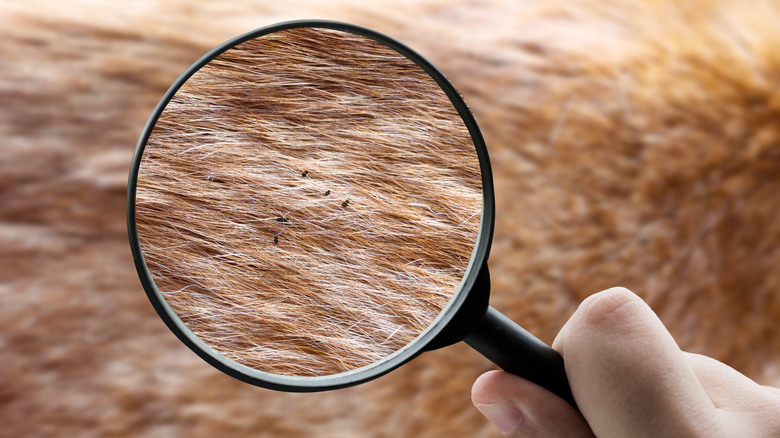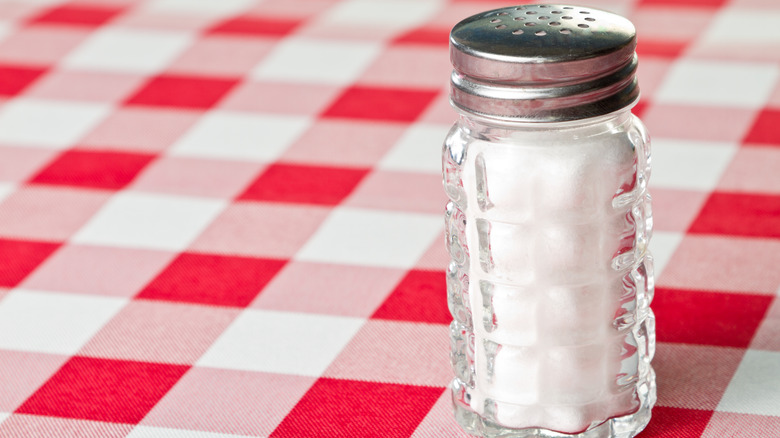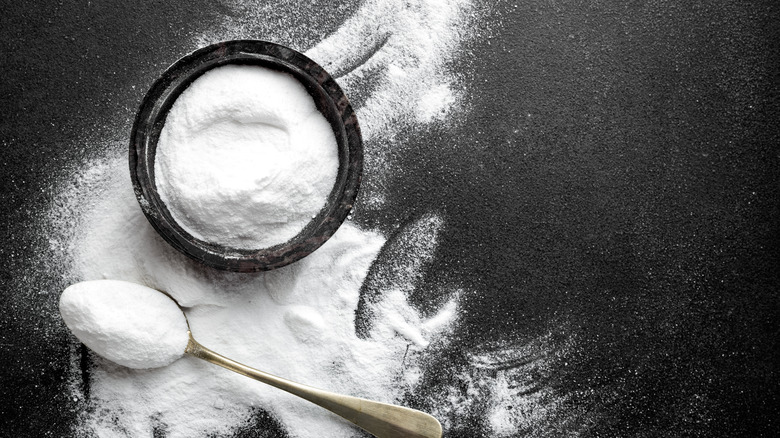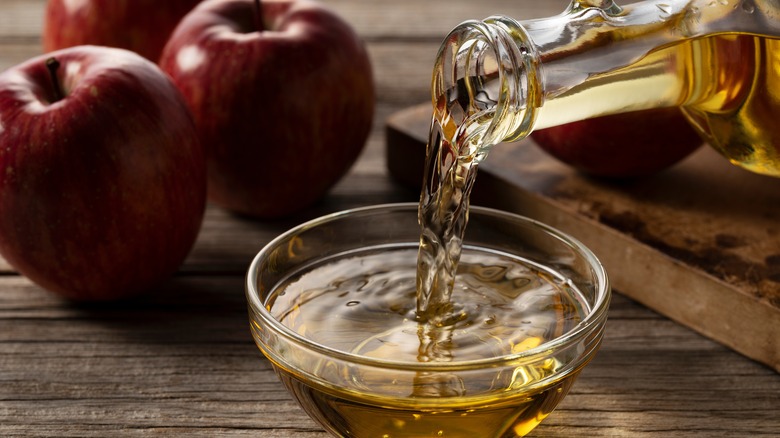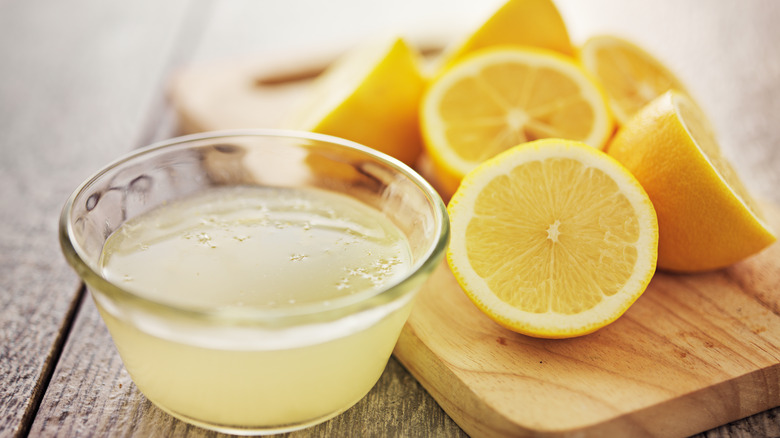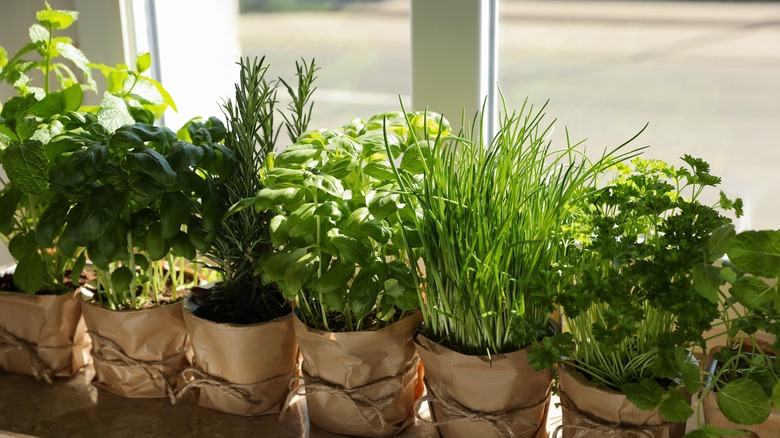Common Kitchen Ingredients That Will Protect Your Home And Yard From Fleas
Fleas are a common concern if you have pets, and veterinarians often recommend monthly flea control medications to help protect your fur babies. But whether you have pets or not, fleas could still potentially hang out in your home and outdoor spaces, particularly when the temperatures are warmer. When left unchecked, fleas can quickly become problematic.
Before the issues gets to the point where you need the help of professional pest care, you may consider using common household ingredients to get rid of fleas from your home and yard spaces. In fact, some of these methods may already be in your pantry. Along with regular vacuuming, and other regular cleaning techniques, natural methods of flea control may deter these pests from infesting your home. Keep in mind that, while some kitchen ingredients may aid in managing a small number of fleas and repel them, you should consider seeking professional pest control for large infestations.
Sprinkle table salt on fabrics to kill fleas
Tablet salt is said to help kill fleas that may have found a home in various fabrics. This includes carpeting, drapes, furniture, and outdoor rugs. It's thought that salt works against fleas by literally drying them out. When a flea comes into contact with salt, the sodium can eat away at its exoskeleton. While salt can kill fleas, keep in mind that this method won't treat large infestations or prevent them from entering your living space.
To use salt against fleas, sprinkle it liberally over an area that has an active infestation. You can also brush it in fabrics, so it penetrates into the fibers to damage flea eggs, too. PetMeds recommends leaving the salt for 12 to 48 hours before thoroughly vacuuming it up. Another consideration is the safety of your pets, as high levels of salt can be toxic to cats and dogs. You must vacuum all the salt up so that it doesn't harm your pets, and be sure to keep them in a separate room or area during treatment, that way they don't run in and lick or smell the salt before you've had a chance to clean it up. Failing to clean up all salt left behind can also damage furniture and carpeting. Depending on the type of vacuum you have, you either need to throw out the bag or clean out the canister to remove all vacuumed-up fleas and eggs.
Create a salt and baking soda solution to kill fleas
If you've spotted more than just a few fleas, you may still be able to use table salt, but you can increase its effectiveness by combining it with baking soda. This method is similar to using plain table salt. While salt can help dehydrate fleas and eggs, the addition of baking soda may further enhance these effects. It's also important to note that baking soda won't kill fleas alone, like salt may be able to.
To get started, mix equal parts salt and baking soda. Apply an even, liberal amount to an outdoor rug, an indoor carpet, or furniture you're targeting. Also, for baking soda to work with the salt, it must be a relatively new box that has only been opened within the last month, per Green Pest Solutions. As with the plain salt method, you'll also need to leave the solution on for at least overnight, and vacuum it up before pets are allowed back in the area. While you may be able to use this method for an outdoor rug, baking soda itself isn't the best option for lawns and yards.
Spray apple cider vinegar in spaces where fleas like to hide
Apple cider vinegar is another key kitchen ingredient that helps repel fleas. Unlike table salt, apple cider vinegar doesn't directly kill fleas, but it may aid in preventing them. It's thought that fleas strongly dislike the smell of the vinegar, and will stay away from it. However, if you already have an existing flea infestation in your home, apple cider vinegar won't work against live fleas and their eggs.
To use apple cider vinegar as a flea repellant, create a solution of diluted vinegar with water in a spray bottle to use liberally wherever fleas may hide. This can also include rugs and pet beds, as well as around entry points on the outside of your home. It's important to note, though, that while some blogs say the solution is also safe enough to use directly on pets, Pet MD advises against this method. Apple cider vinegar won't harm them from a topical standpoint, but it can be harmful to them when ingested, including if they accidentally lick the vinegar off themselves. This can cause a variety of problems in pets, including vomiting, ulcers, and esophageal damage.
Lemon juice may also help repel fleas
Lemon juice is another acidic item you might already have in your kitchen that could potentially repel fleas. It's thought that lemon juice keeps away fleas due to its smell and taste. In particular, fleas avoid a key chemical in lemons called limonene. On top of this, lemon juice is also thought to help repel mosquitoes, so you can potentially take care of two pests with one natural DIY product!
To use lemon juice as natural method of flea control, you can create a spray made with freshly squeezed lemons and water. Lake City Animal Health & Wellness Center recommends boiling six cut-up lemons in a quart of water. You'll need to let them steep and cool for a few hours before straining the mixture into a spray bottle. For best results, make the natural flea repellant ahead of time to have it on hand for whenever the need arises. You can spray the lemon juice and water combination wherever fleas might enter your home, such as doorways and outside of windows. The spray is also safe enough to use around your yard. Additionally, you may be able to spray your pets directly, but keep in mind that there's a risk of accidentally spraying their faces and causing irritation around their eyes, noses, and mouths.
Consider growing flea-repelling herbs and plants in your yard
While you may be able to use various kitchen pantry items around your house and garden areas, these aren't ideal for covering large spaces, such as your yard. Cutting your lawn to keep the grass short is just one way you can deter fleas from thriving in your yard, but this isn't your only option. Before you resort to using chemicals that could potentially be harmful to humans and pets, consider planting flea-repelling herbs instead. Fleas are said to have an aversion to certain plants, such as lavender, mint, eucalyptus, catnip, wormwood, citronella, lemon grass, and pennyroyal. As a bonus, some of these plants also repel other types of pests, like insects and rodents.
The key to this method of flea control is to plant these items in areas where fleas might be tempted to enter your home, such as near doors and windows, as well as your home's foundation. You can focus on a few types in any given area, or you can plant a variety of plants in a garden. If you have pets that frequent your yard, keep certain plants out of their reach. Lavender, for example, is considered toxic to cats and dogs, as well as horses. Other potentially dangerous plants for household pets include eucalyptus, pennyroyal, and citronella.

